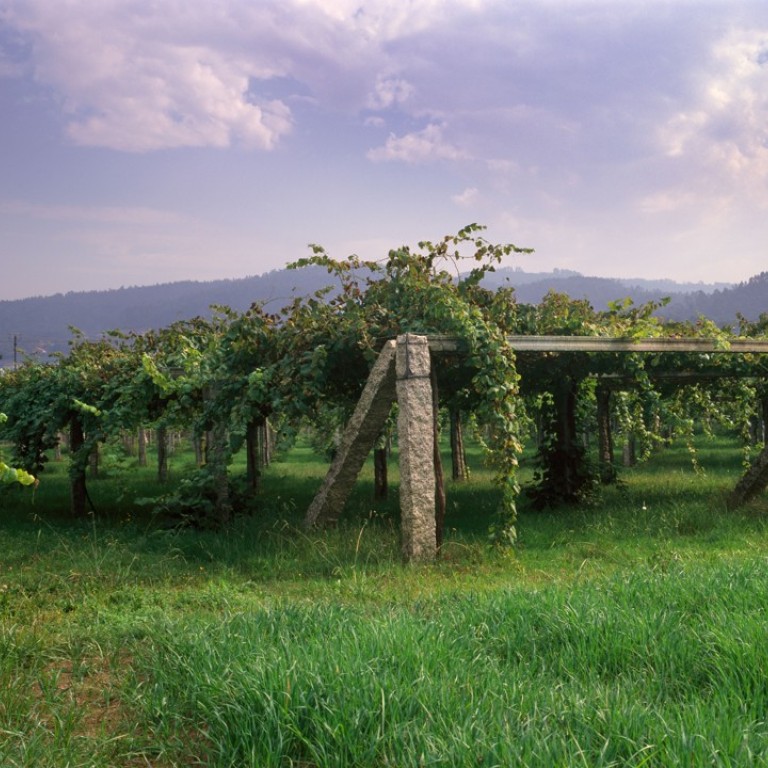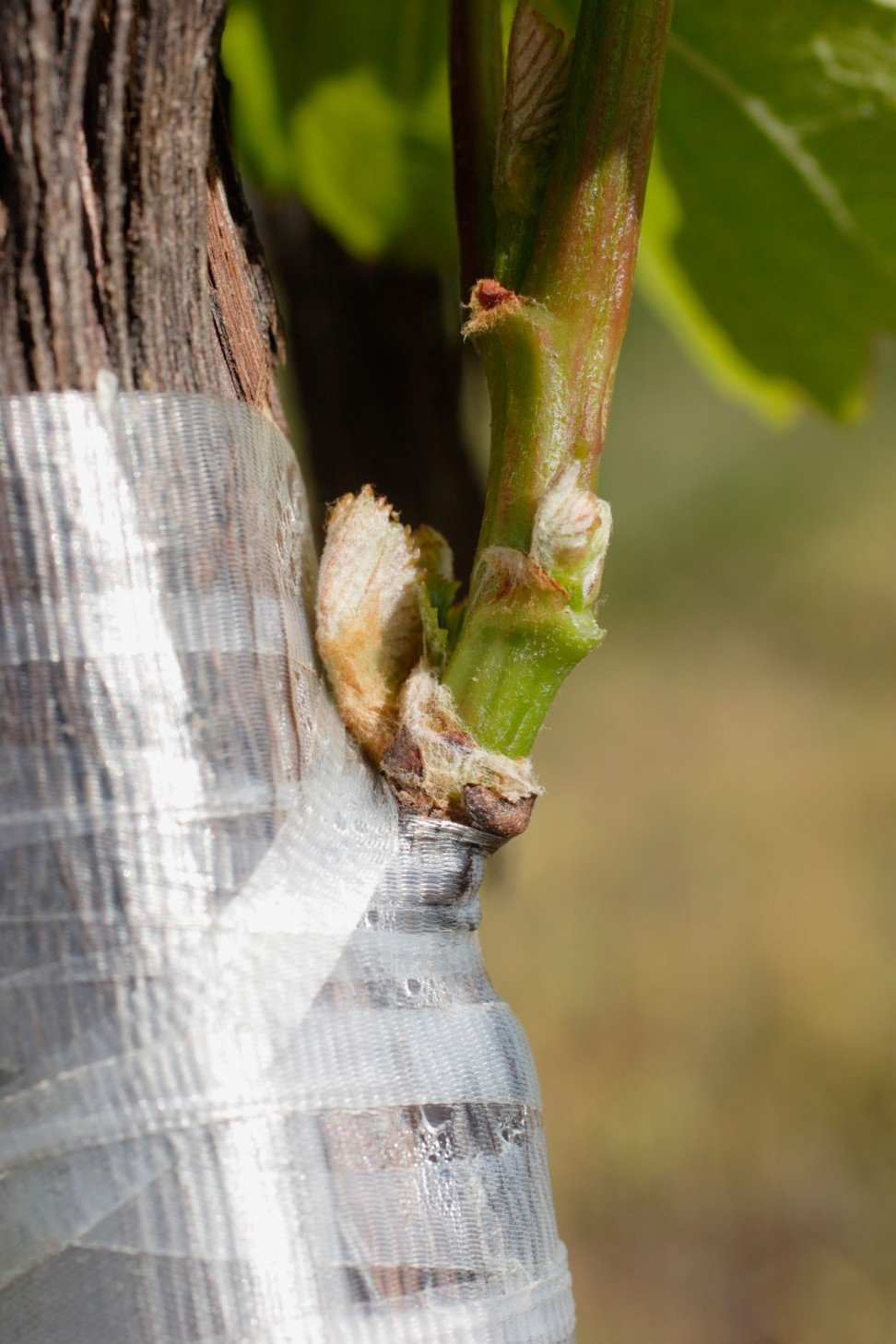
Vines that survived Europe’s phylloxera epidemic in the 1800s, and the wines made from them
- The accidental import of a microscopic insect by a Rhône Valley wine merchant decimated vineyards in France and beyond
- Small pockets of vines escaped the blight
The blight was caused by a microscopic aphid called Phylloxera vastatrix. It was unknowingly introduced to France by one Monsieur Borty, a wine merchant living in the Rhône Valley, who imported American vine cuttings and planted them in 1862, giving the aphid, which hid in the roots of the cuttings, soil aplenty through which to spread. In Phylloxera: How Wine was Saved for the World (2004), author Christy Campbell writes, “By 1884, 2.5 million acres of France’s vineyards had been destroyed and 1.5 million acres were in the grip of the parasite.”
New wines from the forgotten vines of Europe
Studies found that a single female aphid could produce more than 25 billion descendants over eight months – without help from a male. Many solutions were sought and tried – poison, flooding, burning the affected vines – all of which failed. Eventually, it was discovered that the cure was part of the cause – by using the roots of American vines, which were immune to the aphid, and grafting the French vine on top, the original vine eventually became viable again.
In Champagne, the house of Bollinger has, among its 150 hectares of vineyards, two small plots of pre-phylloxera pinot noir vines called Chaudes Terres and Clos Saint Jacques. These two plots make an exceptional vintage champagne called Vieilles Vignes Françaises (“old French vines”). To this day, the vines are cultivated by hand, with the help of a horse-driven plough. The latest release is 2007, which produced only 3,132 bottles.
Italy has a few places where pre-phylloxera vines have survived. The best place to find them is on the island of Sicily, around Mount Etna, an active volcano. The soil here is very stony, with, unsurprisingly, lots of volcanic ash. The sturdy pre-phylloxera vines, dotted around the cooler northern slope of the volcano, are called albarello (little trees) – bush vines that have never been grafted, and are still on their original rootstock. They produce the nerello mascalese grape, which ripens late and has dense ripe cherry and red plum, somewhat like an overripe burgundy, with the firm, slightly peppery tannins of nebbiolo.

In Spain, the pre-phylloxera albariño vines of Rías Baixas can be found in Val do Salnés, where the plots around the coastal area are on the sandy side. The vines were originally trained in the pergola style but, given their advanced age, some have grown so large they could almost cover a cottage.
The best samples of this wine, one of which is called A Cruz das Ánimas, by Raúl Pérez Atelier, are produced using a different method from that for modern albariño; instead of vinifying in stainless-steel tanks, resulting in wines that are fresh and fruity with zippy acidity, these are processed the old way – picking later so that the grapes are lower in malic acidity, and slow vinification in large old oak barrels called foudres, which give the wine much more complexity and “old wine” textures and aromas.
Australia’s Barossa Valley is home to some very old vines, including those producing Langmeil’s Freedom Shiraz, which were planted in 1843. The wine is surprisingly mellow compared with its younger brethren, full bodied with rich mocha-hued blackberry and plum fruit, gentle whiffs of warm cinnamon and star anise with a surprisingly not-too alcoholic nose. This is a most enjoyable sip from vines planted the same year as A Christmas Carol, by Charles Dickens, was published.

